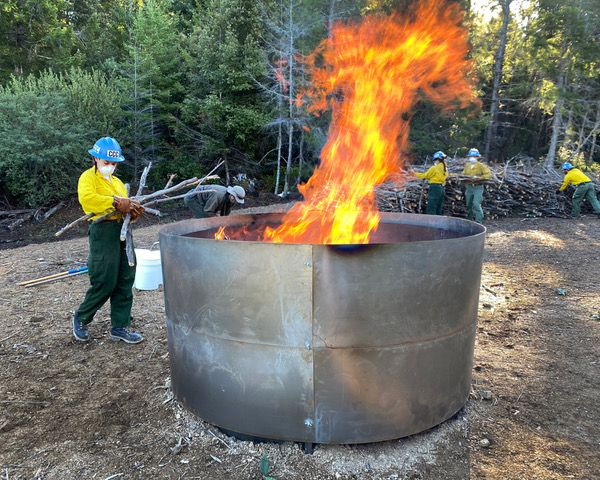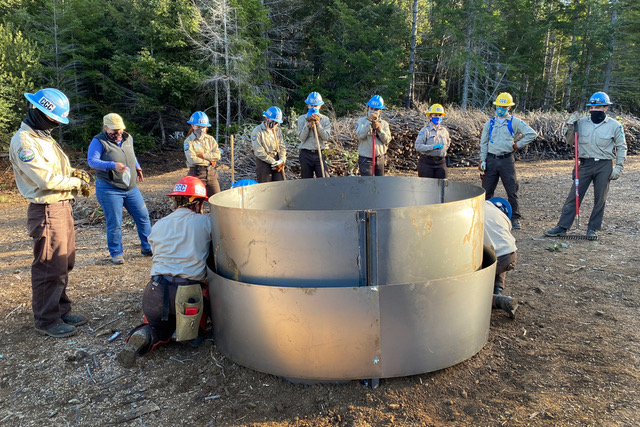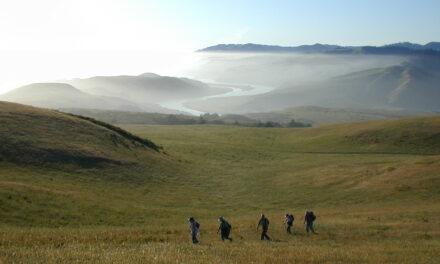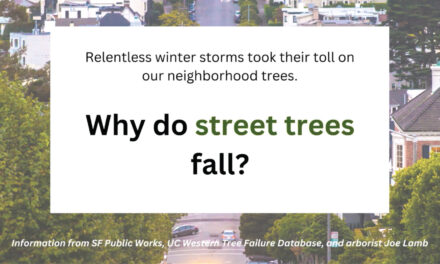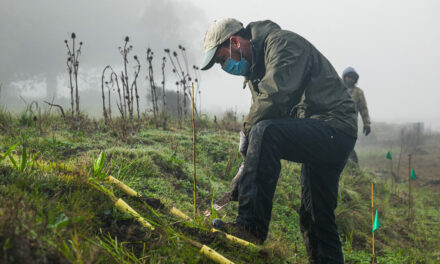Betting on Biochar
When asked about the ways in which a little trick of heat and wood can help California’s myriad climate-related woes, David Morell doesn’t try to hide his enthusiasm: “It’s pretty magical.” Morell, whose 40-plus years in environmental fields has spanned time with the EPA and consulting work for the World Bank Conservation Foundation, is now heading the Board of Directors of the Sonoma Ecology Center and betting big on biochar.
The name “biochar,” sounding reminiscent of mega biotechnology companies, belies the stuff’s inherent simplicity: wood waste reduced into a charcoal-like substance through an oxygen-poor burning process called pyrolysis.
“Basically what you get is a physical structure of elemental carbon by driving off all of the other elements of the wood,” says Morell describing the pyrolysis process. Rather than entering the atmosphere as carbon dioxide as it would during conventional wood combustion, the carbon remains as a solid, sequestered and lined up for a host of further uses.
Workers from the California Conservation Corps assemble the kiln. Photo: David Morell.
Biochar contains “literally millions of little pores,” says Morell. “These pores act as little houses for microbes in the soil and they hold water.” When biochar is added to soil, as it was at the Oasis Vineyard in Monterey County, it can help improve soil health and water retention, further reducing the need for chemical fertilizers and irrigation.
“Think of it like a coral reef in the ocean. It attracts the little fish, and the big fish come for the little fish.” Morell is fast with analogies to describe the magic of biochar, and he offers up another for how it also mitigates pollutant runoff on roads: “It works like the activated carbon in a Brita filter,” catching particles and filtering them out. Caltrans is currently building a bioswale with biochar on the congested convergence of Interstates 680 and 880.
How to Use It?
Through a grant from Cal Fire, Sonoma Ecology Center is bringing a biochar production machine into California to be installed in Vallejo’s Mare Island. Before it can be brought west from Iowa, where it was manufactured, the Center has to ensure that air emissions test results are up to snuff and Bay Area air quality regulators will permit its use.
While pyrolysis doesn’t have the same degree of emissions as a traditional combustion fire would, it still has some, and starting the reaction requires a small amount of propane. Wood waste from fire prevention activities in California’s forests would also have to be transported to the Bay for it to be turned into biochar. However, Morell and the Sonoma Ecology Center are experimenting with portable machines called flame-cap kilns that can be loaded onto a pickup truck, assembled, and used on the same site where the wood was harvested.
Other Recent Posts
Assistant Editor Job Announcement
Part time freelance job opening with Bay Area climate resilience magazine.
Training 18 New Community Leaders in a Resilience Hot Spot
A June 7 event minted 18 new community leaders now better-equipped to care for Suisun City and Fairfield through pollution, heat, smoke, and high water.
Mayor Pushes Suisun City To Do Better
Mayor Alma Hernandez has devoted herself to preparing her community for a warming world.
The Path to a Just Transition for Benicia’s Refinery Workers
As Valero prepares to shutter its Benicia oil refinery, 400 jobs hang in the balance. Can California ensure a just transition for fossil fuel workers?
Ecologist Finds Art in Restoring Levees
In Sacramento, an artist-ecologist brings California’s native species to life – through art, and through fish-friendly levee restoration.
New Metrics on Hybrid Gray-Green Levees
UC Santa Cruz research project investigates how horizontal “living levees” can cut flood risk.
Community Editor Job Announcement
Part time freelance job opening with Bay Area climate resilience magazine.
Being Bike-Friendly is Gateway to Climate Advocacy
Four Bay Area cyclists push for better city infrastructure.
Can Colgan Creek Do It All? Santa Rosa Reimagines Flood Control
A restoration project blends old-school flood control with modern green infrastructure. Is this how California can manage runoff from future megastorms?
San Francisco Youth Explore Flood Risk on Home Turf
At the Shoreline Leadership Academy, high school students learn about sea level rise through hands-on tours and community projects.
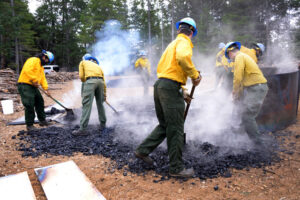
“Biochar came to me because it integrates these different pieces — we take wood created from activities that reduce forest fire risk and we turn it into sequestered elemental carbon that improves soil, lessens agricultural runoff, and holds water to reduce water loss.”
While it remains to be seen how widely it can be implemented, it seems that Morell’s belief in the benefits of “magical” biochar holds its own water.
CCC workers rake out and extinguish the coals to save as much carbon as possible as biochar. Photo: David Morell.






